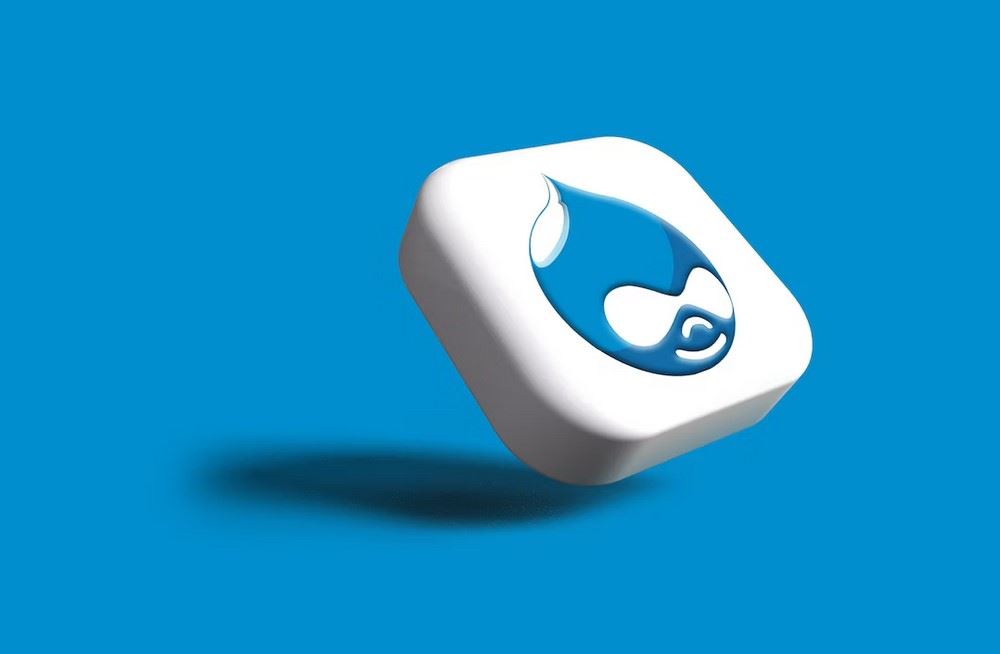Drupal Errors: Understanding and Resolving Them

Drupal Errors – Drupal is a popular content management system that powers millions of websites worldwide. However, like any other software, Drupal is prone to errors that can cause inconvenience and affect the user experience. In this article, we’ll explore some common Drupal errors, their causes, and how to fix them.
Introduction to Drupal Errors
Drupal is a complex software that requires a server environment with specific configurations to run smoothly. However, even with the right settings, Drupal can still encounter errors that disrupt the normal functioning of your website. Drupal errors can manifest in different ways, such as a blank screen, an error message, or broken functionality. The good news is that most Drupal errors have a known cause and a solution.
Common Drupal Errors and Their Causes
Here are some of the most common Drupal errors and their underlying causes:
White Screen of Death (WSOD)
The White Screen of Death is a common Drupal error that occurs when Drupal fails to load any content on a page, resulting in a blank white screen. This error can be caused by a faulty module, a PHP error, or a misconfigured server.
Internal Server Error
Internal Server Error is a general HTTP error that indicates something went wrong on the server while processing the request. This error can be caused by various factors, including a corrupted .htaccess file, a PHP syntax error, or an exhausted PHP memory limit.
Database Connection Errors
Drupal requires a database to store and retrieve content. If Drupal cannot connect to the database, you may see an error message such as “Error establishing a database connection”. This error can be caused by a misconfigured database, a wrong database password, or a database server issue.
Module Conflicts
Drupal modules can conflict with each other, causing errors such as WSOD, Internal Server Error, or other error messages. This error can occur when two or more modules try to modify the same functionality or have incompatible code.
File and Folder Permission Issues
Drupal requires specific file and folder permissions to function properly. If the permissions are not set correctly, you may encounter various errors such as “Access denied” or WSOD.
PHP Memory Limit Exhaustion
Drupal runs on PHP, and PHP has a memory limit that restricts the amount of memory that PHP can use. If a Drupal page requires more memory than the PHP memory limit, you may encounter an error such as “Allowed memory size exhausted”.
CSRF Token Mismatch Error
Cross-Site Request Forgery (CSRF) is a type of attack that exploits the trust relationship between a user and a website. Drupal has a built-in CSRF protection mechanism that uses tokens to validate user requests. If the token is missing or incorrect, Drupal will display a CSRF Token Mismatch error.
Access Denied Error
Access Denied error is displayed when a user does not have sufficient permissions to perform a specific action or access a page. This error can occur when a user tries to access a restricted page, or a user role does not have the necessary permissions.
Page Not Found Error
Page Not Found error, also known as Error 404, is displayed when a user tries to access a page that does not exist or has been deleted. This error can be caused by a broken link, a wrong URL, or a deleted page.
HTTP Error 500
HTTP Error 500, also known as Internal Server Error, is a generic HTTP error that indicates a server-side issue. This error can be caused by various factors, including a misconfigured server, a faulty module, or a PHP syntax error.
How to Fix Drupal Errors
Here are some methods to fix Drupal errors:
Check Drupal Log Files
Drupal has a built-in logging system that records errors and other events. Checking the log files can help you identify the cause of the error. You can find the log files in the /sites/default/files directory.
Disable Faulty Modules
If a module is causing an error, you can disable it temporarily to see if the error goes away. You can disable modules from the Drupal admin interface or by renaming the module directory in the /sites/all/modules directory.
Clear Cache and Rebuild Registry
Clearing the cache and rebuilding the registry can fix various errors caused by cached data or missing registry entries. You can clear the cache and rebuild the registry from the Drupal admin interface or by running the drush cc all command.
Increase PHP Memory Limit
You can increase the PHP memory limit by editing the php.ini file or the .htaccess file. The memory limit value should be higher than the amount of memory required by your Drupal site.
Check File and Folder Permissions
You can check the file and folder permissions by using an FTP client or the command line. The permissions should be set to 755 for directories and 644 for files.
Check Database Credentials
You can check the database credentials in the settings.php file in the /sites/default directory. Make sure the database name, username, and password are correct.
Reset Drupal Site’s Admin Password
If you forgot your Drupal site’s admin password, you can reset it by using the drush uli command or by editing the user’s table in the database.
Restore from Backup
If all else fails, you can restore your Drupal site from a backup. Make sure you have a recent backup of your site before proceeding.
Update Drupal Core and Modules
Keeping your Drupal site up-to-date can prevent many errors. You can update Drupal core and modules from the Drupal admin interface or by using Drush.
Contact Drupal Community and Support
If you cannot fix the error by yourself, you can seek help from the Drupal community or support. You can post your issue on the Drupal forums or hire a Drupal expert.
Conclusion
Drupal errors can be frustrating, but they can be fixed with the right approach. In this article, we explored some common Drupal errors, their causes, and how to fix them. By following the methods outlined in this article, you can resolve most Drupal errors and keep your site running smoothly.
FAQs
What is the difference between HTTP Error 500 and 503?
HTTP Error 500 is a generic server-side error that indicates a problem with the server, while HTTP Error 503 specifically indicates that the server is temporarily unavailable or overloaded.
How can I prevent Drupal errors?
You can prevent Drupal errors by keeping your Drupal site up-to-date, using reliable hosting, and following Drupal coding standards and best practices.
Can I disable all Drupal modules at once?
Yes, you can disable all Drupal modules at once by renaming the /sites/all/modules directory or by using the Drush command “drush pm-disable –all”.
How can I troubleshoot a specific error?
You can troubleshoot a specific error by checking the Drupal log files, disabling faulty modules, clearing the cache and rebuilding the registry, and increasing the PHP memory limit.
Can I fix Drupal errors without programming knowledge?
Yes, you can fix some Drupal errors without programming knowledge by using the Drupal admin interface, Drush, and other tools. However, some errors may require advanced knowledge and skills.




